Home>Gardening & Outdoor>Pool & Spa Care>Why Is My Hot Tub Giving Me An Electric Shock
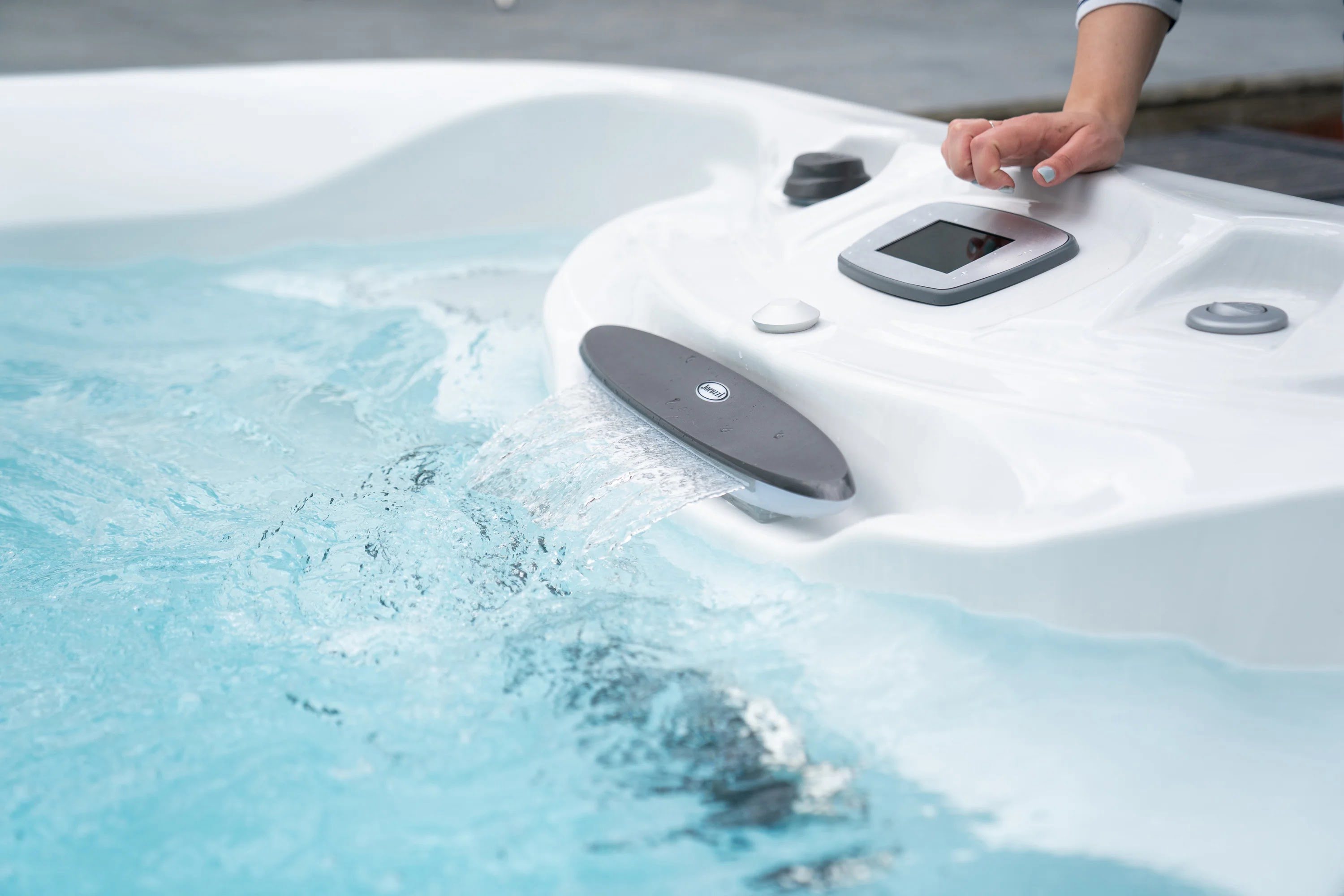

Pool & Spa Care
Why Is My Hot Tub Giving Me An Electric Shock
Modified: January 6, 2024
Discover the reasons behind electric shocks from your hot tub and learn essential pool and spa care tips to keep your family safe and happy. Explore expert advice now!
(Many of the links in this article redirect to a specific reviewed product. Your purchase of these products through affiliate links helps to generate commission for Storables.com, at no extra cost. Learn more)
**
Introduction
**
So, you've been looking forward to a relaxing soak in your hot tub, but instead of blissful relaxation, you've experienced an unexpected jolt of electricity. This unsettling occurrence can leave you feeling puzzled, concerned, and even apprehensive about using your hot tub again. It's essential to address this issue promptly to ensure the safety and enjoyment of your hot tub experience.
Electric shocks from a hot tub can be alarming and potentially dangerous, but understanding the underlying causes and taking appropriate precautions can help mitigate the risk. In this article, we'll delve into the various electrical components of a hot tub, explore the potential reasons behind electric shocks, and discuss essential safety measures and precautions to safeguard against such incidents.
Whether you're a seasoned hot tub owner or considering investing in one, gaining insight into the electrical aspects of hot tubs and learning how to prevent electric shocks is crucial. Let's embark on a journey to unravel the mysteries of hot tub electricity and empower you with the knowledge to ensure a safe and enjoyable hot tub experience.
**
Key Takeaways:
- Hot tub electric shocks can be caused by faulty wiring, water contamination, and deteriorated insulation. Regular maintenance and GFCI testing are crucial for preventing these hazards.
- To stay safe in your hot tub, prioritize regular inspections, professional servicing, waterproofing, and user education. By taking these precautions, you can enjoy a relaxing soak without worrying about electric shocks.
Read more: Why Do My Pillows Give Me A Headache
Understanding the Electrical Components of a Hot Tub
**
Before delving into the potential causes of electric shocks in hot tubs, it’s essential to grasp the fundamental electrical components that constitute these luxurious fixtures. Hot tubs are equipped with a complex electrical system designed to power various features, including pumps, heaters, lights, and control panels. Understanding these components is pivotal in identifying potential sources of electrical issues.
1. GFCI (Ground Fault Circuit Interrupter): This critical safety device is designed to protect against electric shocks by monitoring the electrical current. If it detects a variance in the current, indicating a potential ground fault or leakage, it swiftly interrupts the power supply, mitigating the risk of electrical accidents.
2. Control Panel: The control panel serves as the nerve center of the hot tub, allowing users to adjust settings, regulate temperature, activate jets, and control lighting. It is directly linked to the hot tub’s electrical system and should be handled with care to prevent electrical malfunctions.
3. Heater: Hot tub heaters are essential for maintaining the water at a comfortable and safe temperature. These components are powered by electricity and must be properly insulated and maintained to prevent electrical issues.
4. Pumps and Motors: Hot tubs rely on pumps and motors to circulate water, facilitate hydrotherapy jets, and maintain optimal water quality. These components are integral to the hot tub experience and are powered by the electrical system.
5. Lights and Accessories: Many hot tubs feature integrated lighting systems and accessories, adding ambiance and functionality. These electrical elements contribute to the overall enjoyment of the hot tub but necessitate careful attention to electrical safety.
Understanding the intricate interplay of these electrical components is crucial in diagnosing potential sources of electric shocks. Any malfunction or compromise within these systems can pose a risk of electrical hazards, emphasizing the importance of regular maintenance and vigilant oversight.
**
Potential Causes of Electric Shocks in Hot Tubs
**
Electric shocks in hot tubs can stem from various underlying causes, ranging from minor malfunctions to more serious electrical issues. Identifying these potential culprits is essential in addressing and mitigating the risk of electric shocks. Let’s explore some common factors that may lead to electrical hazards in hot tubs:
1. Faulty Wiring and Connections: Improper or deteriorating wiring within the hot tub's electrical system can lead to electrical leaks and, consequently, the risk of shocks. Frayed wires, loose connections, or compromised insulation can create hazardous conditions, especially in the presence of moisture.
2. Water Contamination: When water infiltrates the hot tub's electrical components due to leaks or inadequate sealing, it can lead to electrical conductivity and potential shocks. This is particularly concerning as hot tubs inherently involve water, making it crucial to prevent any infiltration into the electrical system.
3. Deteriorated Insulation: Over time, the insulation surrounding electrical components can degrade, increasing the likelihood of electrical faults and shocks. This is especially pertinent in hot tubs, where exposure to varying temperatures and moisture can expedite insulation deterioration.
4. Malfunctioning GFCI: The GFCI, designed to safeguard against electrical hazards, can itself become a source of problems. A malfunctioning or improperly installed GFCI may fail to detect ground faults effectively, compromising its protective function and leaving users vulnerable to electric shocks.
5. Corroded Components: The corrosive nature of moisture and chemicals in hot tubs can contribute to the degradation of electrical components, leading to compromised functionality and heightened risk of electrical accidents.
6. Inadequate Maintenance: Neglecting routine maintenance and inspections of the hot tub's electrical system can exacerbate underlying issues, potentially leading to electrical malfunctions and safety hazards.
Understanding these potential causes is pivotal in proactively addressing electrical safety in hot tubs. By identifying and addressing these factors, hot tub owners can significantly reduce the risk of electric shocks and create a safer environment for enjoyment and relaxation.
**
Always ensure that your hot tub is properly grounded and that all electrical components are in good condition. Regularly check for any signs of wear or damage to prevent electric shocks.
Safety Measures and Precautions
**
Ensuring the safety of hot tub users and mitigating the risk of electric shocks necessitates the implementation of comprehensive safety measures and diligent precautions. By prioritizing electrical safety, hot tub owners can foster a secure and enjoyable environment for relaxation. Here are essential safety measures and precautions to consider:
1. Regular Inspections and Maintenance: Conduct routine inspections of the hot tub’s electrical components, including wiring, connections, and insulation. Address any signs of wear, deterioration, or damage promptly to prevent electrical hazards.
2. Professional Servicing: Engage qualified professionals to perform comprehensive servicing of the hot tub’s electrical system. This includes inspecting and testing components, verifying the integrity of the GFCI, and ensuring compliance with safety standards.
3. GFCI Testing: Regularly test the GFCI to verify its responsiveness in detecting ground faults. This can be done by pressing the test button to simulate a fault and ensure that the GFCI promptly interrupts the power supply.
4. Waterproofing and Sealing: Thoroughly inspect and maintain the hot tub’s seals, gaskets, and enclosures to prevent water infiltration into electrical components. Ensure that all entry points for wiring and conduits are effectively sealed to mitigate the risk of water-related electrical issues.
5. Grounding and Bonding: Verify that the hot tub is properly grounded and bonded to mitigate the risk of electrical shocks. This includes ensuring that all electrical components are effectively grounded to prevent the buildup of stray electrical currents.
6. User Education: Educate hot tub users about electrical safety practices, emphasizing the importance of avoiding electrical components when the body is wet and being mindful of potential electrical hazards.
7. Emergency Response Preparedness: Equip the vicinity of the hot tub with readily accessible emergency response tools, such as insulated rescue hooks and emergency shut-off mechanisms, to swiftly address electrical incidents if they occur.
By diligently implementing these safety measures and precautions, hot tub owners can fortify the electrical safety of their hot tubs, fostering a secure and tranquil environment for relaxation and enjoyment. Prioritizing electrical safety not only safeguards against potential hazards but also enhances the overall hot tub experience, allowing users to indulge in rejuvenating soaks with peace of mind.
**
Conclusion
**
As we conclude our exploration of electric shocks in hot tubs, it’s evident that prioritizing electrical safety is paramount in safeguarding the well-being of hot tub users. The intricate electrical components that power the functionality and allure of hot tubs also pose potential risks, emphasizing the need for vigilance and proactive measures.
By understanding the electrical intricacies of hot tubs, identifying potential causes of electric shocks, and implementing comprehensive safety measures, hot tub owners can create a secure and inviting oasis for relaxation. Regular maintenance, professional servicing, and user education play pivotal roles in mitigating the risk of electrical hazards, fostering a tranquil environment for hot tub enthusiasts.
As you embark on your hot tub journey or continue to cherish the therapeutic benefits of your current oasis, remember that electrical safety is a cornerstone of the hot tub experience. By embracing a safety-first mindset and remaining attentive to the electrical integrity of your hot tub, you can relish soothing soaks with confidence and peace of mind.
Let’s prioritize electrical safety, nurture a culture of diligence and education, and revel in the rejuvenating embrace of hot tub relaxation, free from the specter of electric shocks. Together, we can cultivate a harmonious coexistence with the electrifying allure of hot tubs, ensuring a sanctuary of serenity and well-being for all who partake in their warm embrace.
Frequently Asked Questions about Why Is My Hot Tub Giving Me An Electric Shock
Was this page helpful?
At Storables.com, we guarantee accurate and reliable information. Our content, validated by Expert Board Contributors, is crafted following stringent Editorial Policies. We're committed to providing you with well-researched, expert-backed insights for all your informational needs.

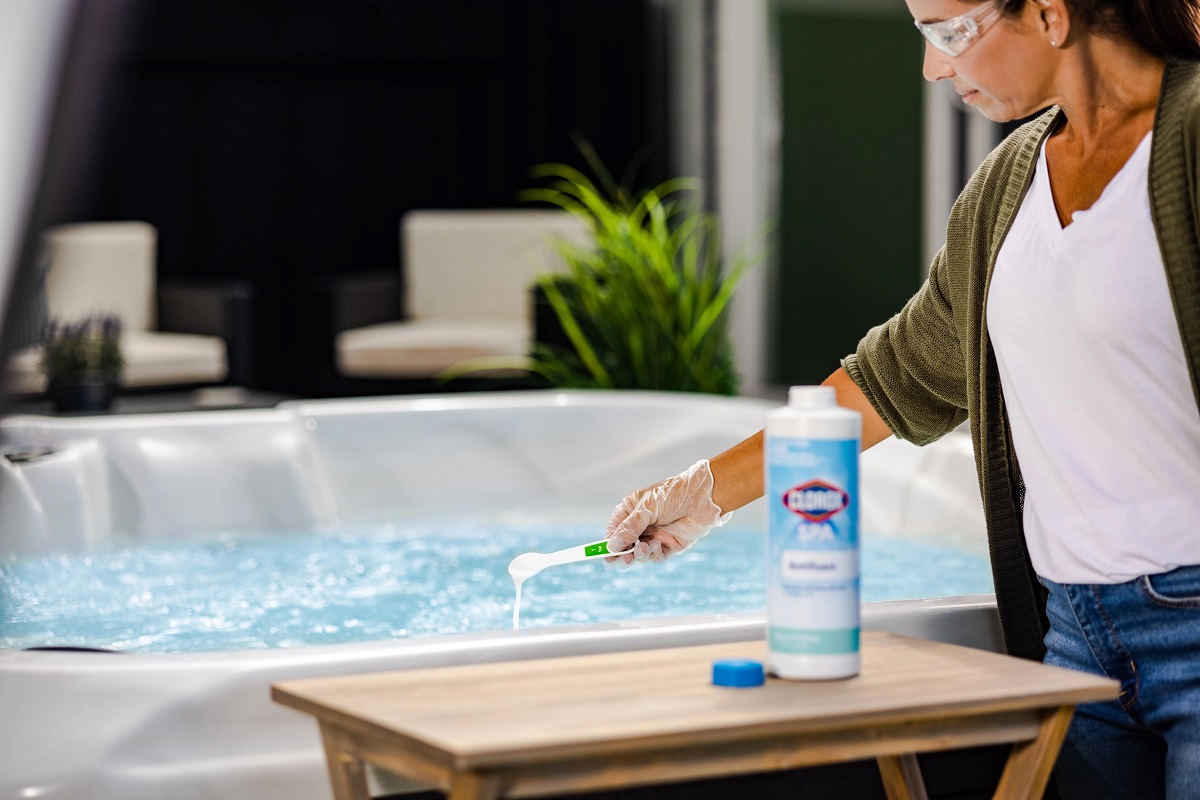


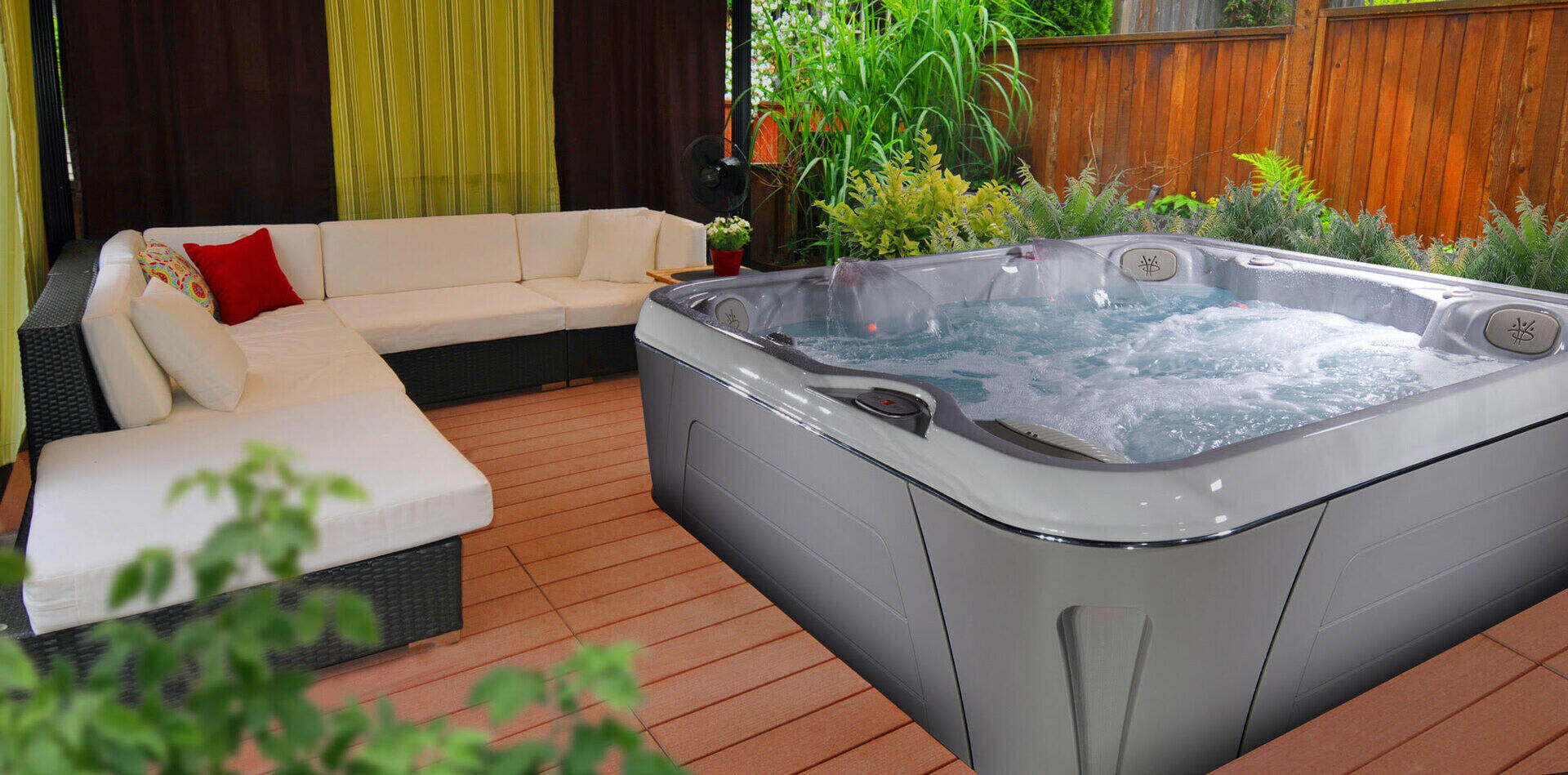
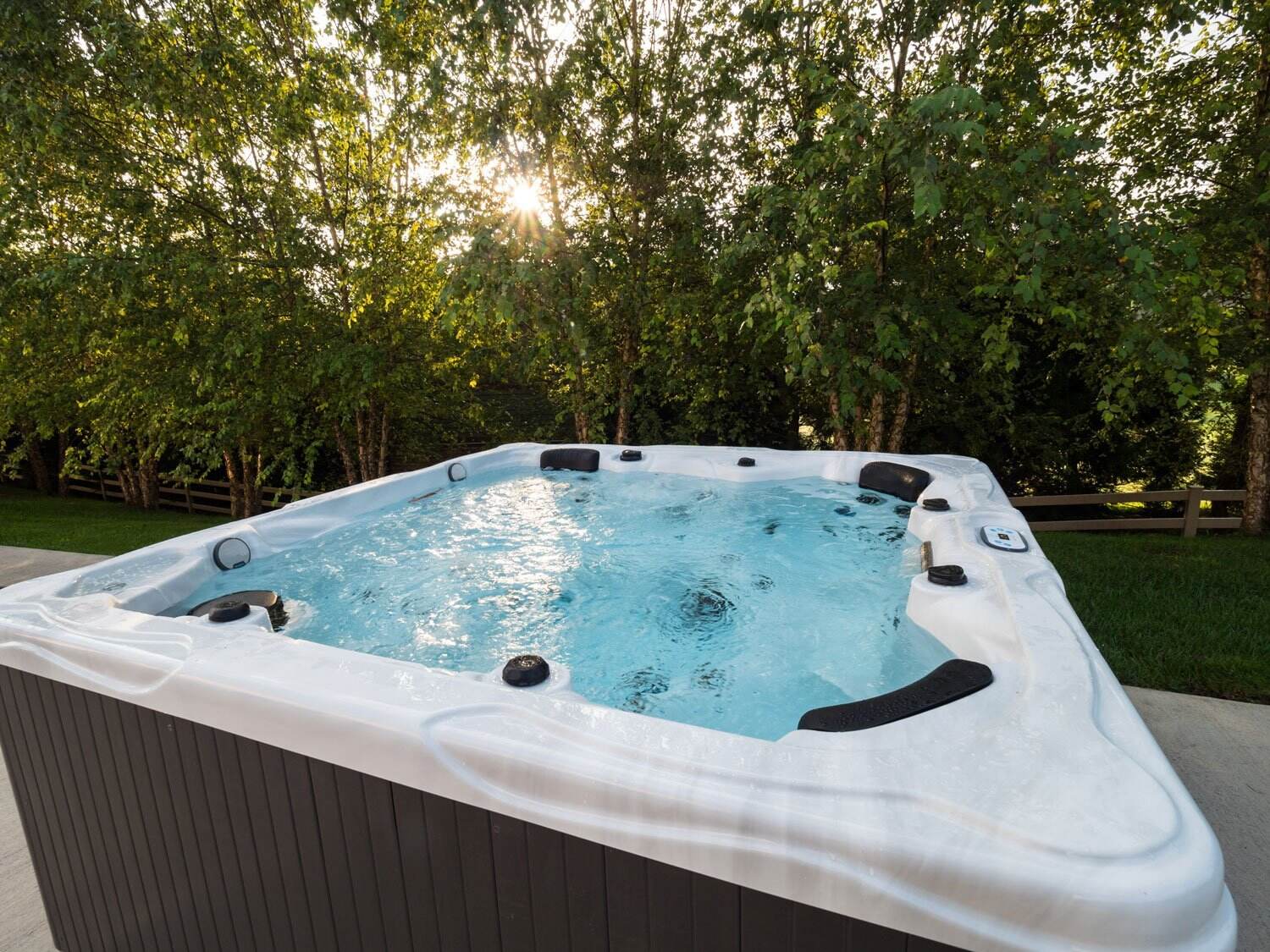
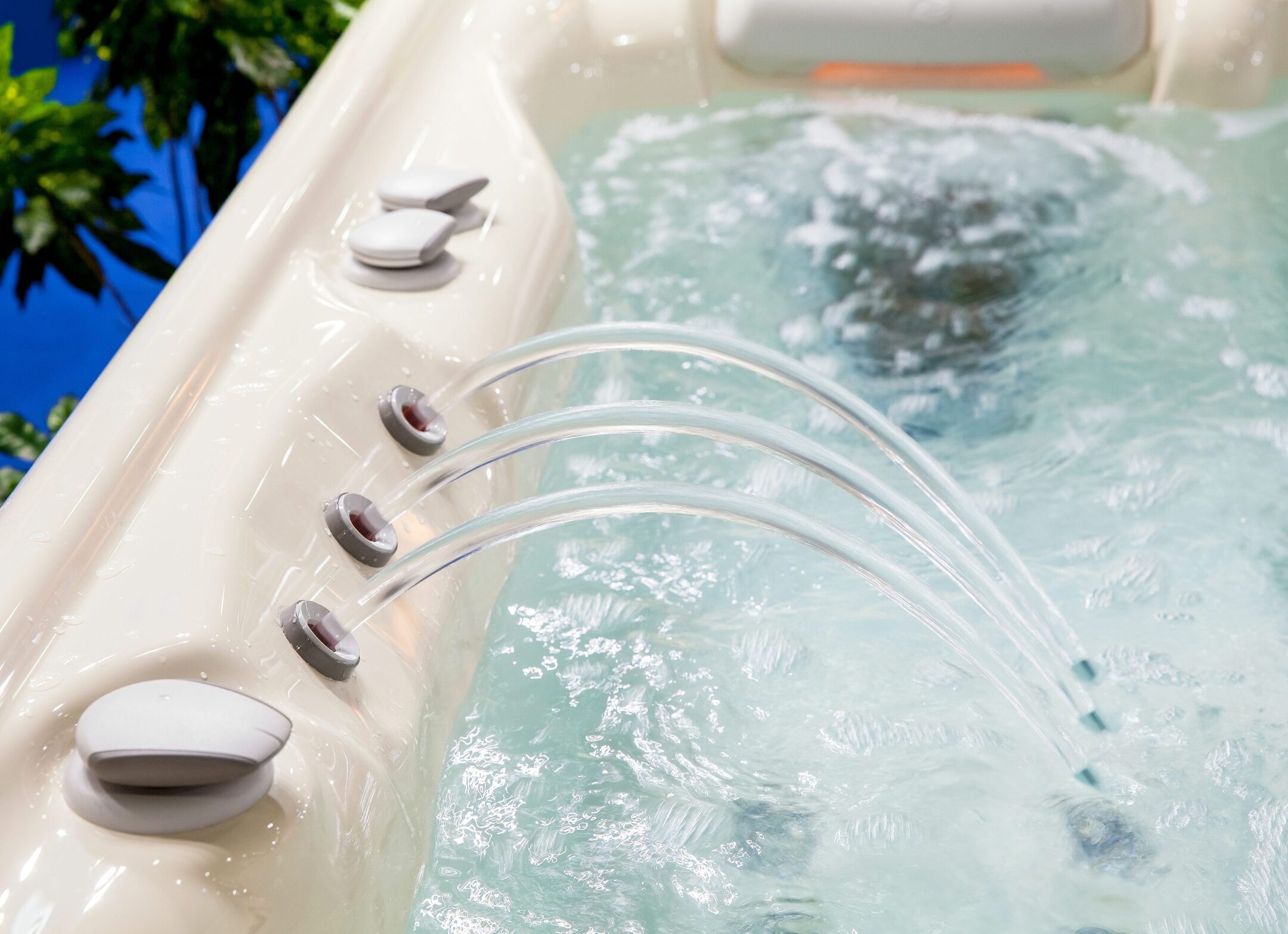


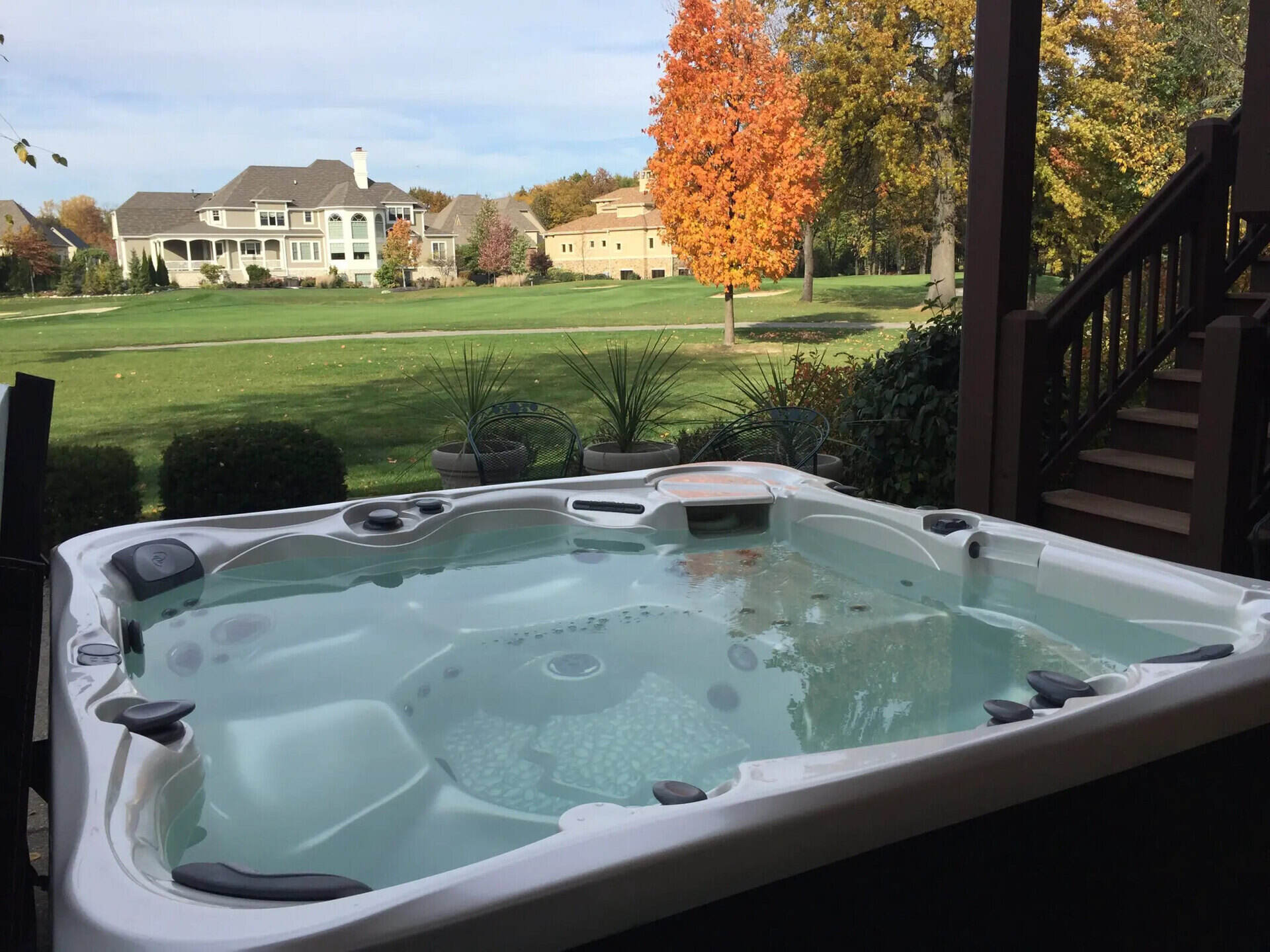
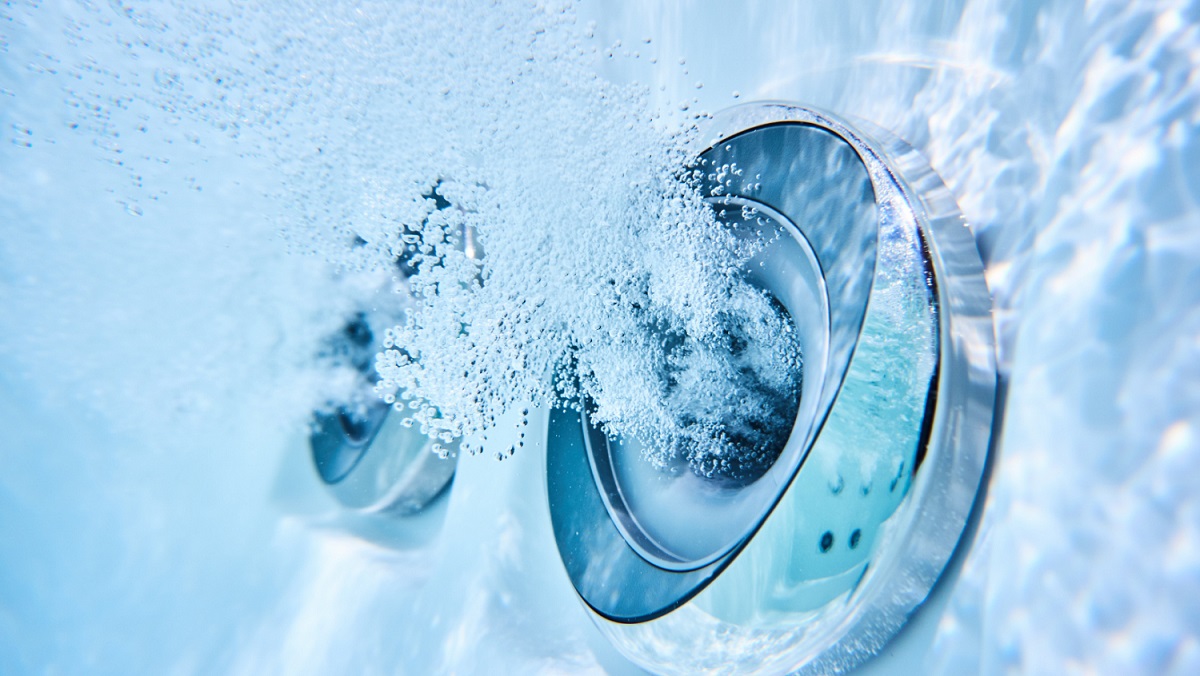
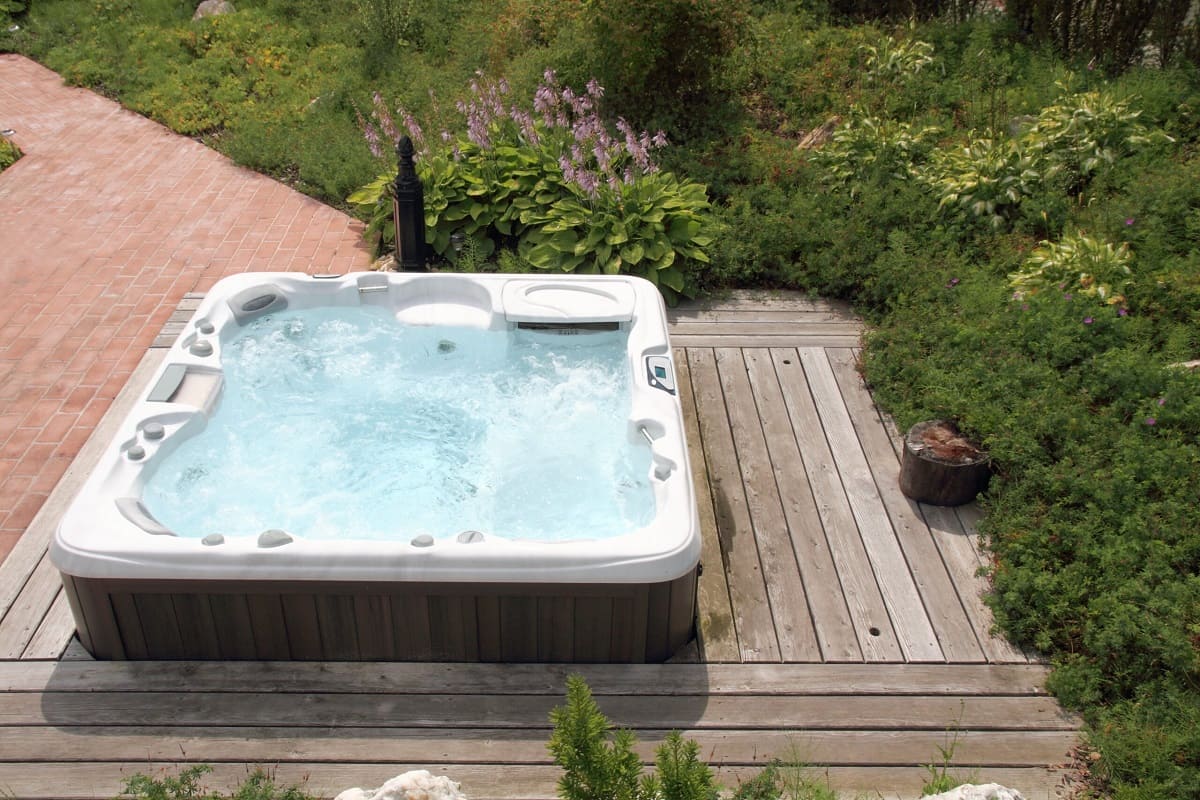
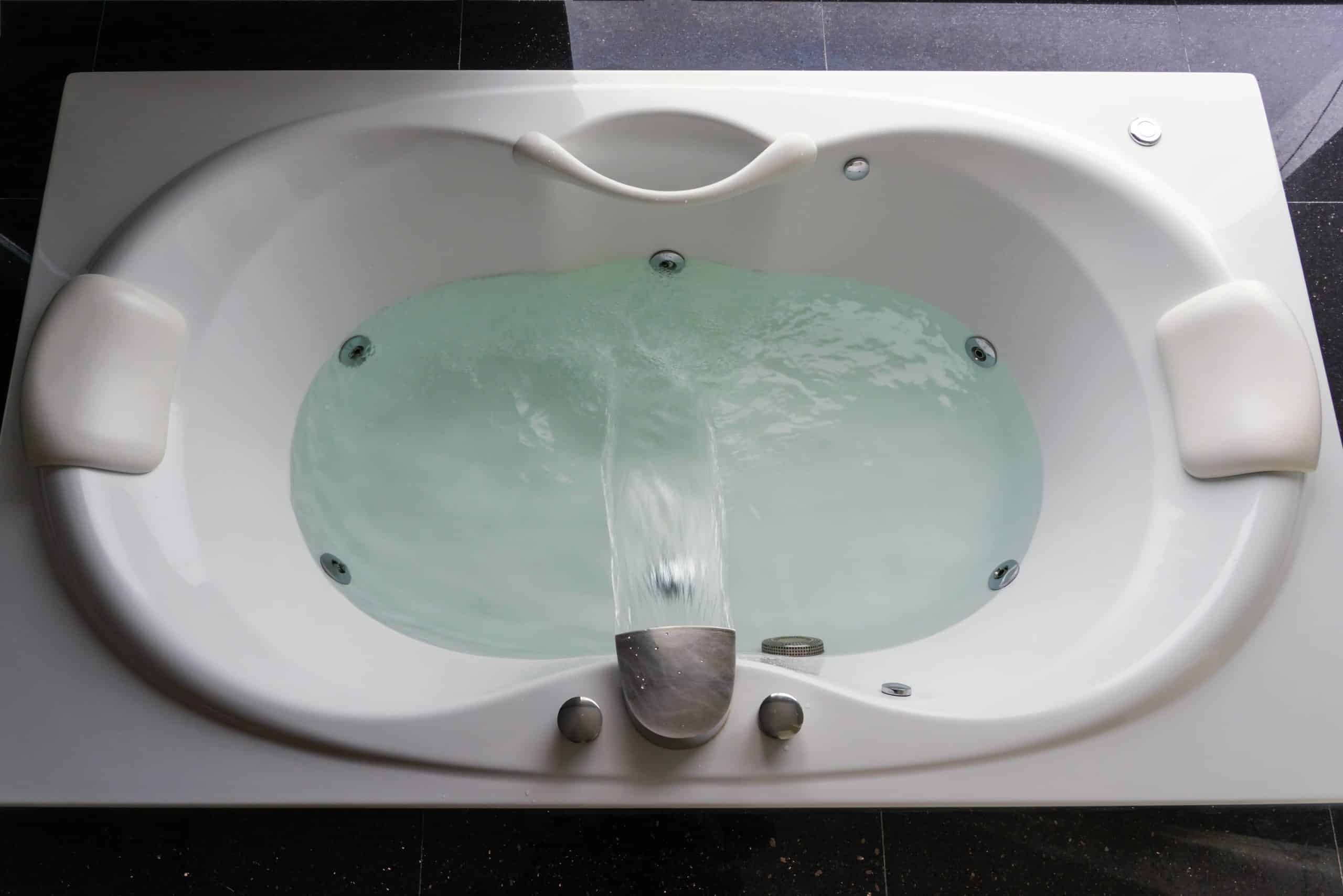
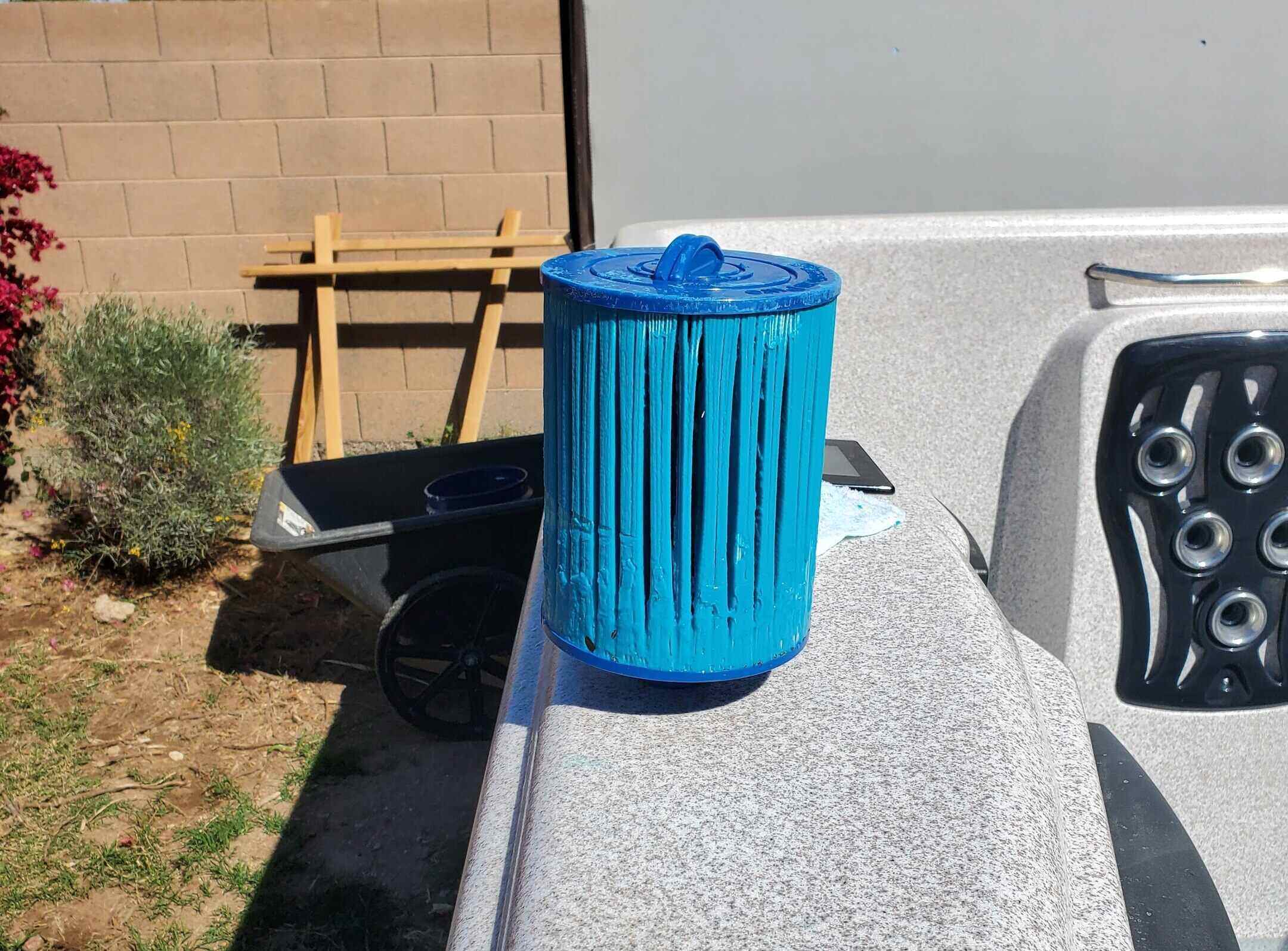


0 thoughts on “Why Is My Hot Tub Giving Me An Electric Shock”